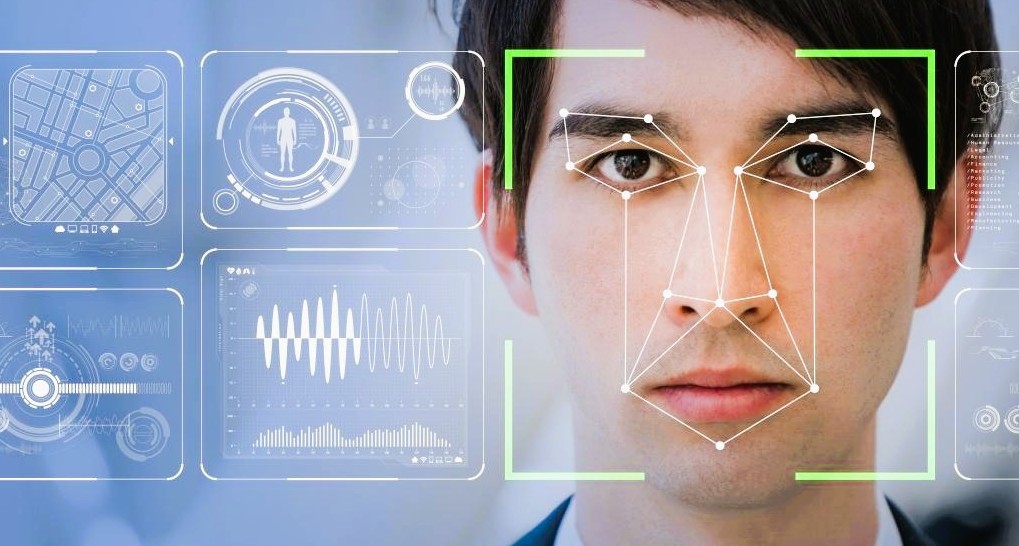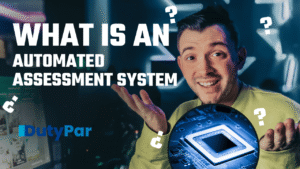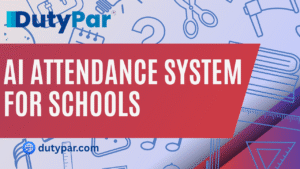Facial recognition accuracy has become a hot topic in today’s digital world. With new technology emerging every day, we are all curious about what the future holds. This article explores the current state of facial recognition accuracy, the challenges we face, and how the technology might grow to change our lives. In simple language, we will dive into the details so that everyone, including an Indian mother, can understand the concepts easily.

Table of contents
- Understanding Facial Recognition Accuracy
- The Rise in Facial Recognition Accuracy
- Challenges Affecting Facial Recognition Accuracy
- Future Trends in Facial Recognition Accuracy
- The Impact on Daily Life
- How Can We Boost Facial Recognition Accuracy?
- Real-World Examples of High Facial Recognition Accuracy
- Conclusion
Understanding Facial Recognition Accuracy
Facial recognition accuracy means how well a system can correctly identify or verify a person from an image or video. High facial recognition accuracy is very important. Whether it is unlocking your phone or ensuring security in public places, the reliability of these systems depends on their facial recognition accuracy. When facial recognition accuracy is high, fewer mistakes are made. This builds trust and safety in many applications.
Nowadays, a lot of devices and systems apply facial recognition accuracy to simplify life. For instance, smartphones employ it for screen unlocking, whereas banks can utilize it for safe access. Facial recognition accuracy becomes more emphasized in our lives with the improvement and prevalence of technology.
The Rise in Facial Recognition Accuracy
In recent years, facial recognition accuracy has improved a lot. Thanks to advances in artificial intelligence and machine learning, systems are now better at spotting even small differences in faces. These improvements help to increase facial recognition accuracy by reducing errors such as false matches or failures to identify someone correctly.
Many companies are investing in research to boost facial recognition accuracy even further. The use of deep learning has been a game changer. With deep learning, the systems can learn from thousands of images. This makes facial recognition accuracy better over time, as the systems get smarter and more reliable with each new piece of data.
Challenges Affecting Facial Recognition Accuracy
Even with many advances, facial recognition accuracy continues to be some ways off. Varying lighting is one of the principal issues. With bad lighting, even the best system might be strained, diminishing facial recognition accuracy. Another issue is varying angles and expressions.
Privacy is also a concern. Numerous individuals have concerns about how their images are being stored and utilized. With increasing facial recognition accuracy, it is crucial that the technology is used responsibly. With strong legislation and ethical guidelines, we can guarantee that high facial recognition accuracy does not compromise personal privacy.
Moreover, biases in training data can affect facial recognition accuracy. If the data used to train these systems is not diverse, the accuracy may drop for certain groups. This means that ongoing work is needed to ensure that facial recognition accuracy is fair and equal for everyone.
Future Trends in Facial Recognition Accuracy
Looking ahead, the future of facial recognition accuracy seems bright. Researchers are working on many new ideas to improve the technology even further. Some experts predict that facial recognition accuracy will reach levels that make errors almost non-existent. Here are some trends to watch:
1. Improved Algorithms and Data
New algorithms are being designed to boost facial recognition accuracy. By using more advanced machine learning techniques, systems can learn faster and perform better. As more diverse and larger data sets become available, facial recognition accuracy will continue to rise. This means that the technology will be able to work well in many different conditions and with various types of faces.
2. Enhanced Security Measures
High facial recognition accuracy is key to security systems. In the future, we can expect these systems to be used in banks, airports, and other critical areas with much better accuracy. This will help reduce crime and improve safety. Enhanced security measures, backed by strong facial recognition accuracy, will offer a safer environment for everyone.
3. Integration with Other Technologies
Facial recognition accuracy will not work in isolation. Future systems may combine facial recognition accuracy with other methods like fingerprint scanning or voice recognition. This multi-factor approach will make the overall system more secure. For example, combining facial recognition accuracy with a password can create a double layer of protection.
4. Wider Adoption in Everyday Life
From shopping malls to hospitals, the future will see facial recognition accuracy used in many more places. In retail, for example, stores might use systems with high facial recognition accuracy to enhance customer service by recognizing regular customers. In healthcare, doctors could use these systems to verify patient identities quickly and accurately.
5. Ethical Improvements
With the rise in facial recognition accuracy, there will also be a stronger focus on ethical use. The future promises better laws and guidelines that protect privacy and ensure that facial recognition accuracy is used in a fair manner. By doing so, the technology will be trusted by more people, making it a reliable part of our lives.
The Impact on Daily Life
Imagine having a day where high facial recognition accuracy is routine. When you wake up, your phone unlocks automatically due to its high facial recognition accuracy. On your way to work, security systems at your workplace employ facial recognition accuracy to only allow authorized staff. Even when going shopping, facial recognition accuracy may be employed to provide personalized discounts and a hassle-free experience.
The advantages of high facial recognition accuracy are not limited to places such as law enforcement and healthcare. For example, the police could utilize the technology to easily identify suspects, or hospitals could use it to securely access patient records. With these advancements, facial recognition accuracy can potentially make daily life more efficient and secure.
How Can We Boost Facial Recognition Accuracy?
To ensure greater accuracy in facial recognition, both the technology industry and governments have responsibilities. The industry must invest in research and development. By improving algorithms and getting more diverse data, they can enhance facial recognition accuracy. Governments, however, must implement policies to safeguard privacy while promoting innovation.
Training and education are also an essential part of the process. With experts trained in the best possible way, new methods for increasing facial recognition accuracy can be developed. Through seminars, workshops, and studies at universities, one can gain the required skillset to implement this technology. As more specialists contribute, the facial recognition accuracy will keep getting better and evolving.
Real-World Examples of High Facial Recognition Accuracy
There are a number of real-world applications today where facial recognition accuracy is making a positive impact. Airports implement the technology to verify passenger identities quickly and securely. Banks utilize high facial recognition accuracy systems to conduct secure transactions. Even mobile phones utilize facial recognition accuracy to safeguard personal details. These applications illustrate how facial recognition accuracy is not only an idea of the future, but a technology already impacting our lives positively.
Conclusion
The future of facial recognition accuracy is promising and full of promise. With further technological advancements, facial recognition accuracy will be more accurate, secure, and universally applied. It is an area that not only assists us in our daily lives but also provides improved security and efficiency in most industries.
As we move ahead, we need to strike a balance between technological development and ethics. We need to make facial recognition accuracy fair, unbiased, and privacy-respecting so that its success is guaranteed. Together—researchers, companies, and governments—we can ensure that the future of facial recognition accuracy is rosy and in the interest of all.
Read More : https://innovatrics.com/trustreport/how-the-accuracy-of-face-recognition-technology-has-improved-over-time/





